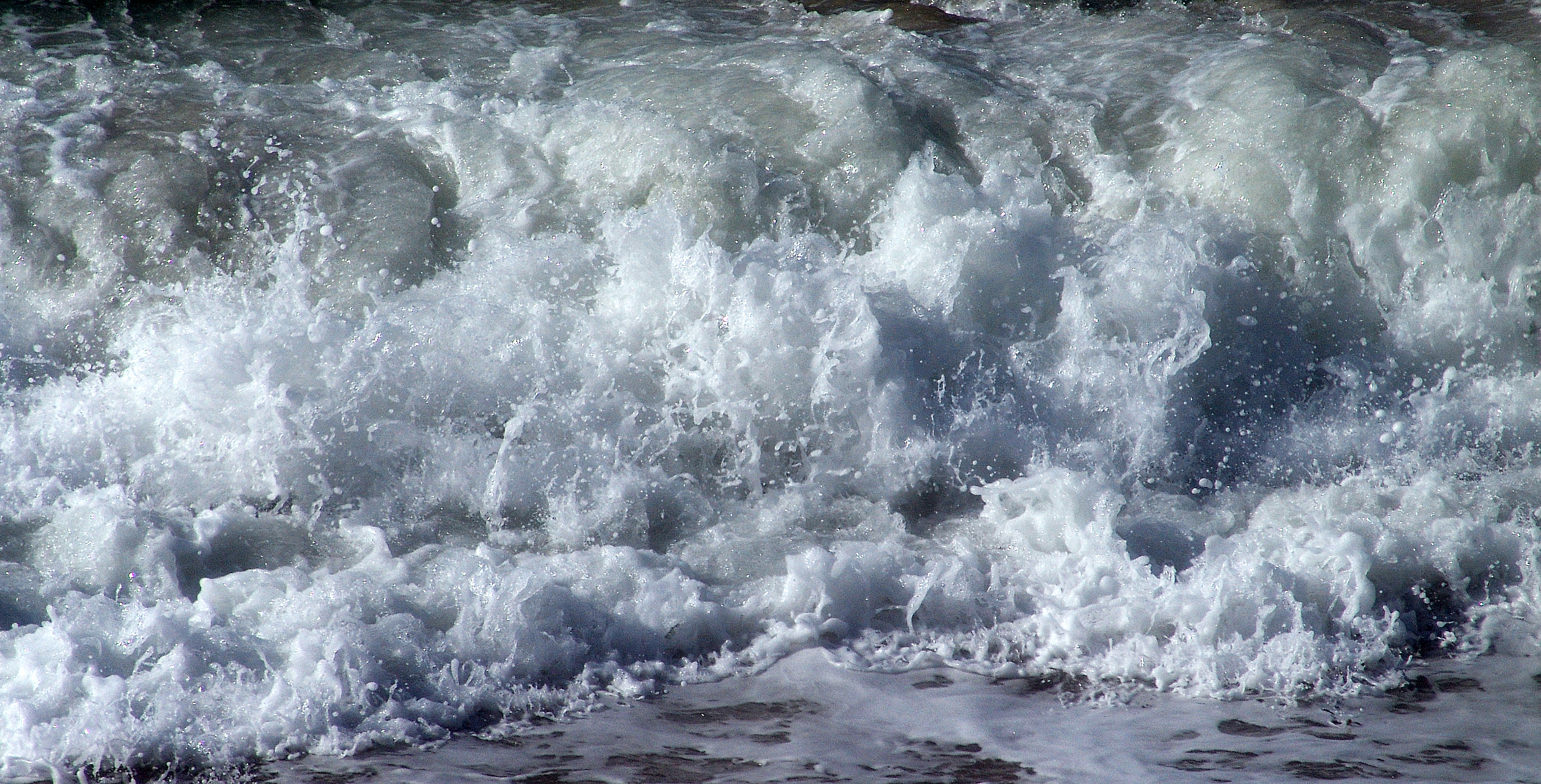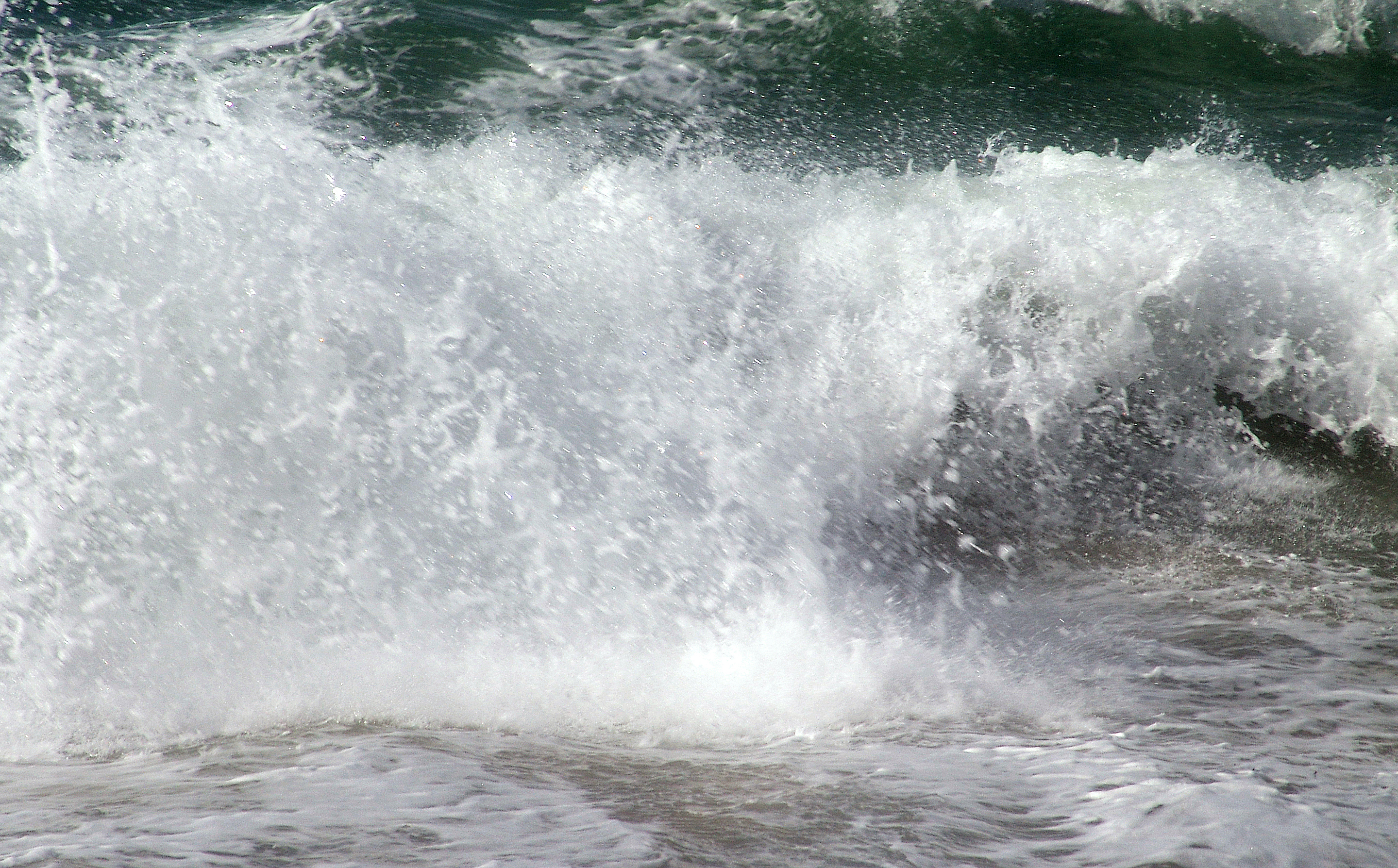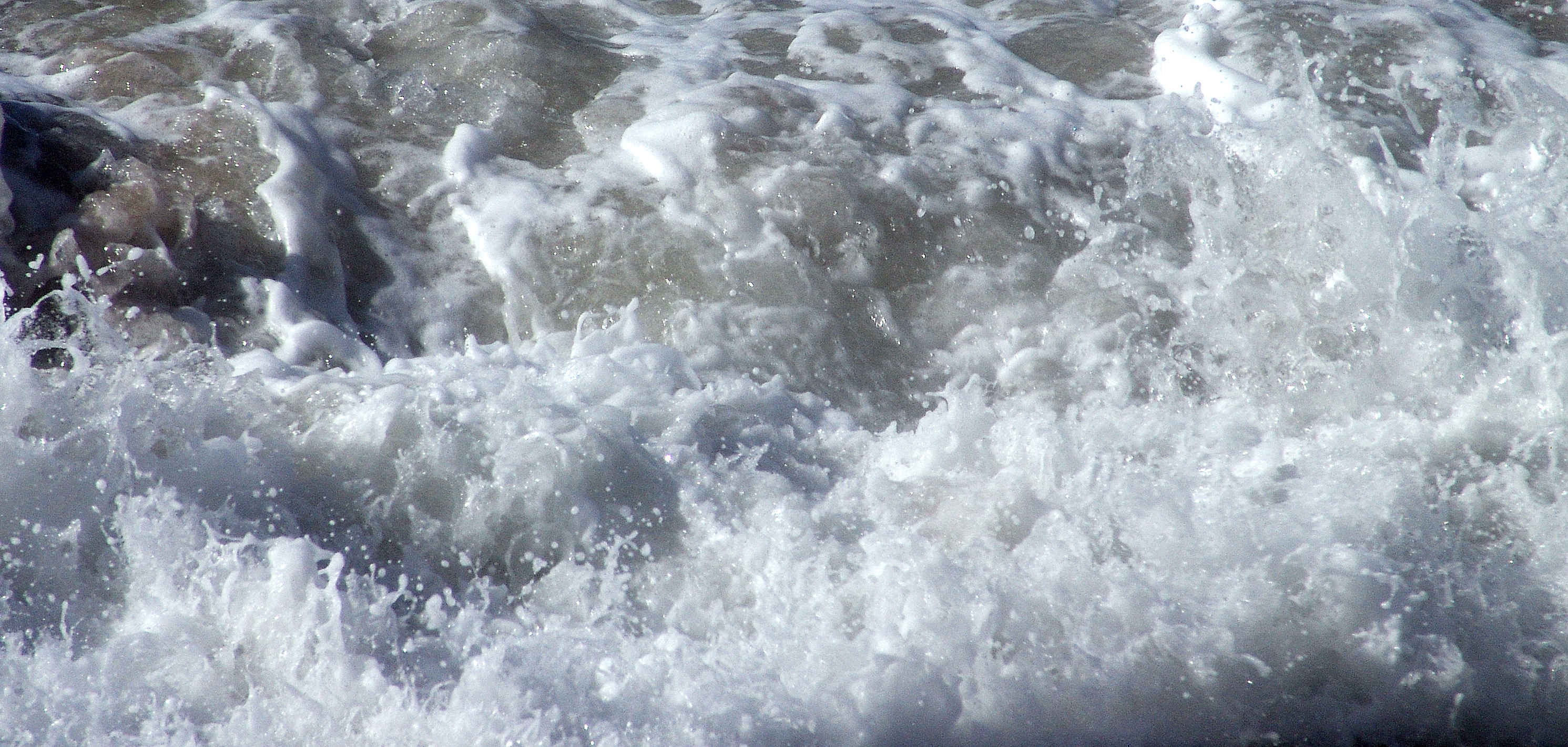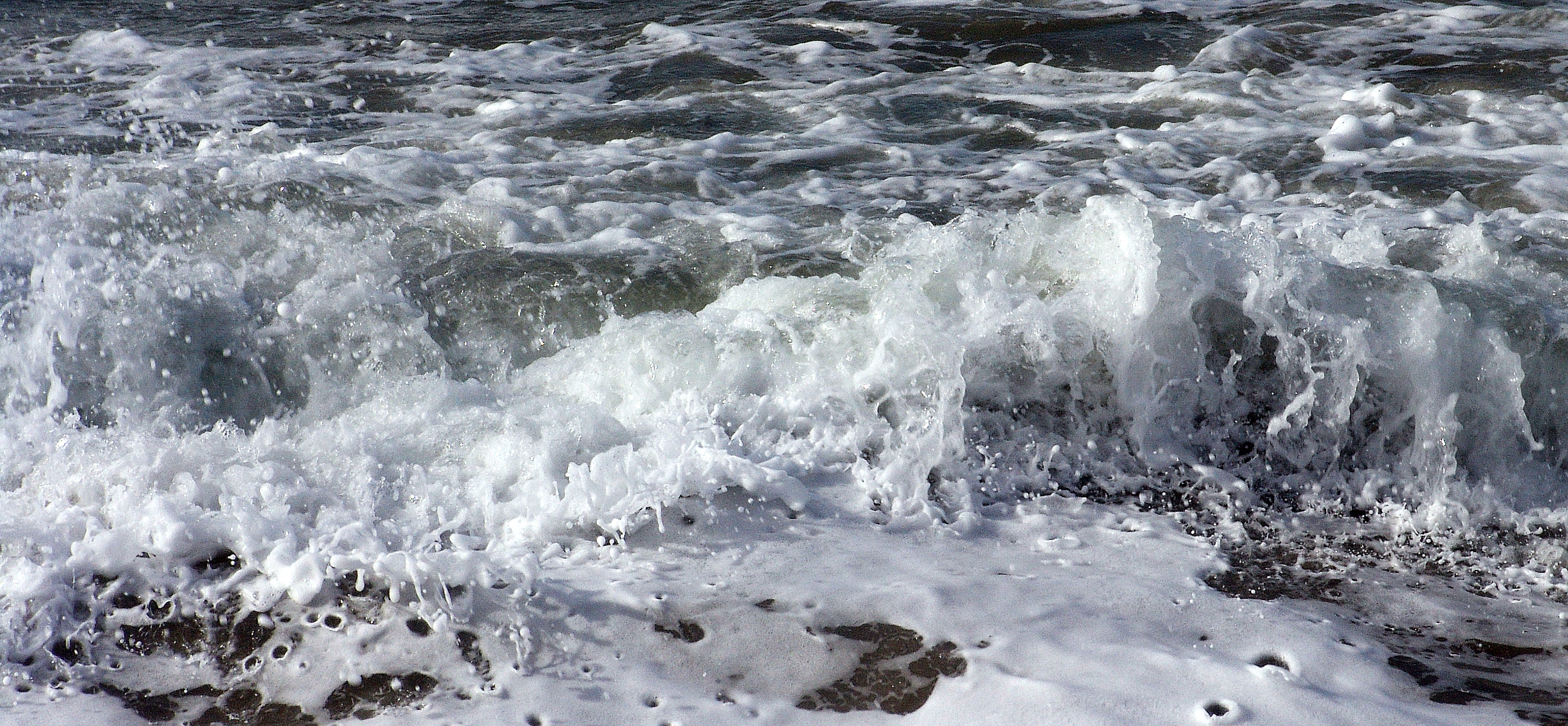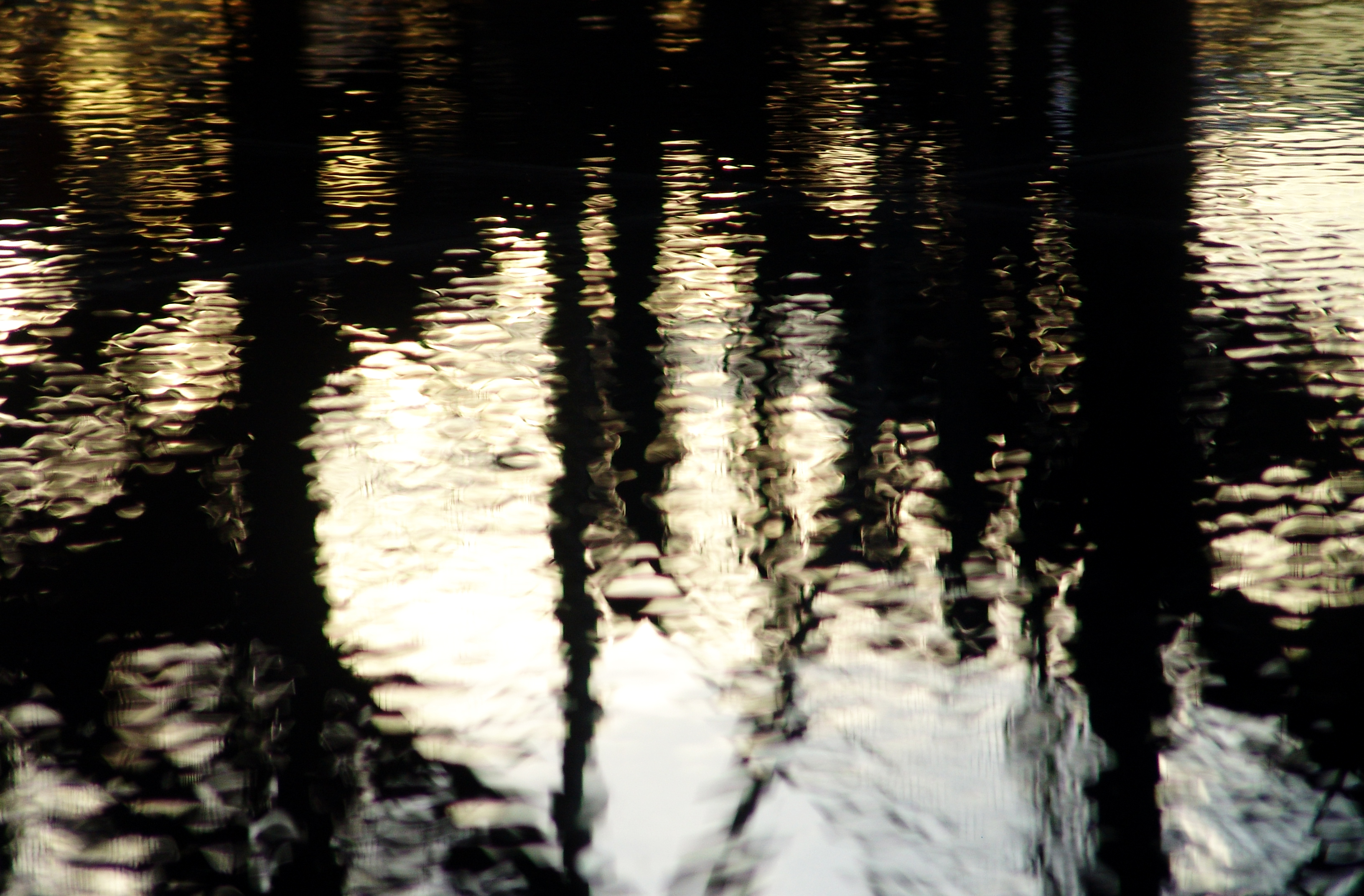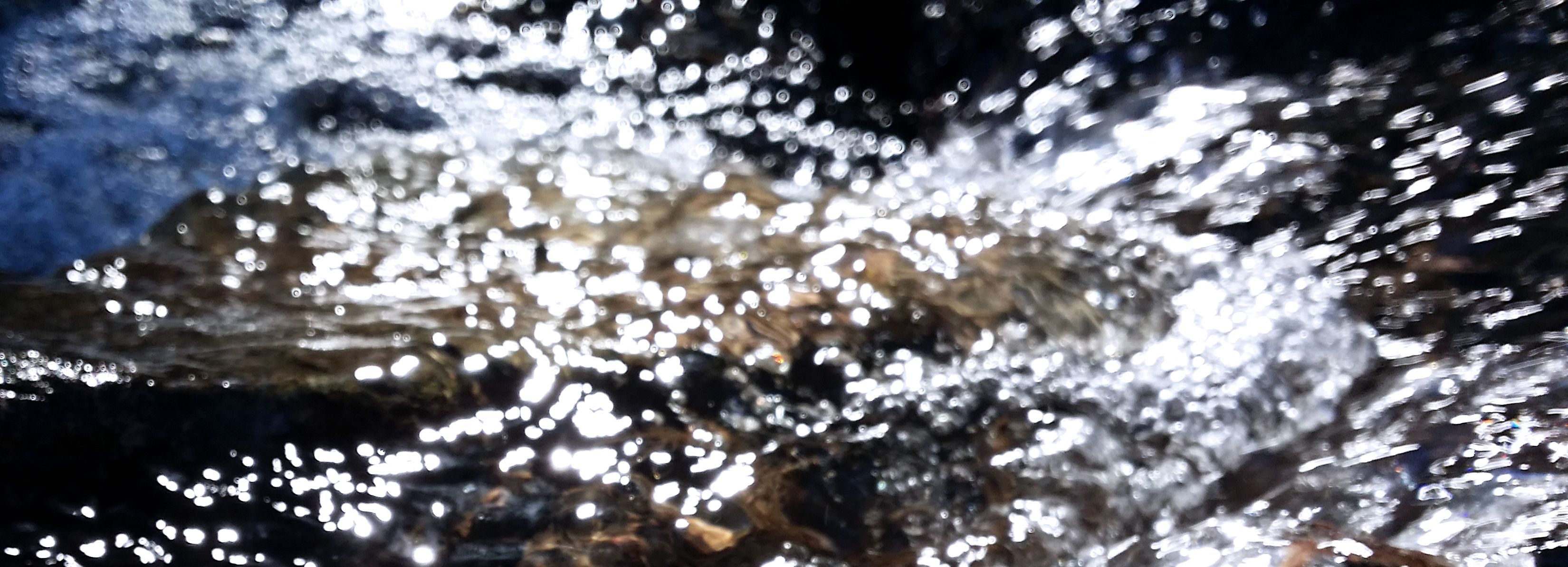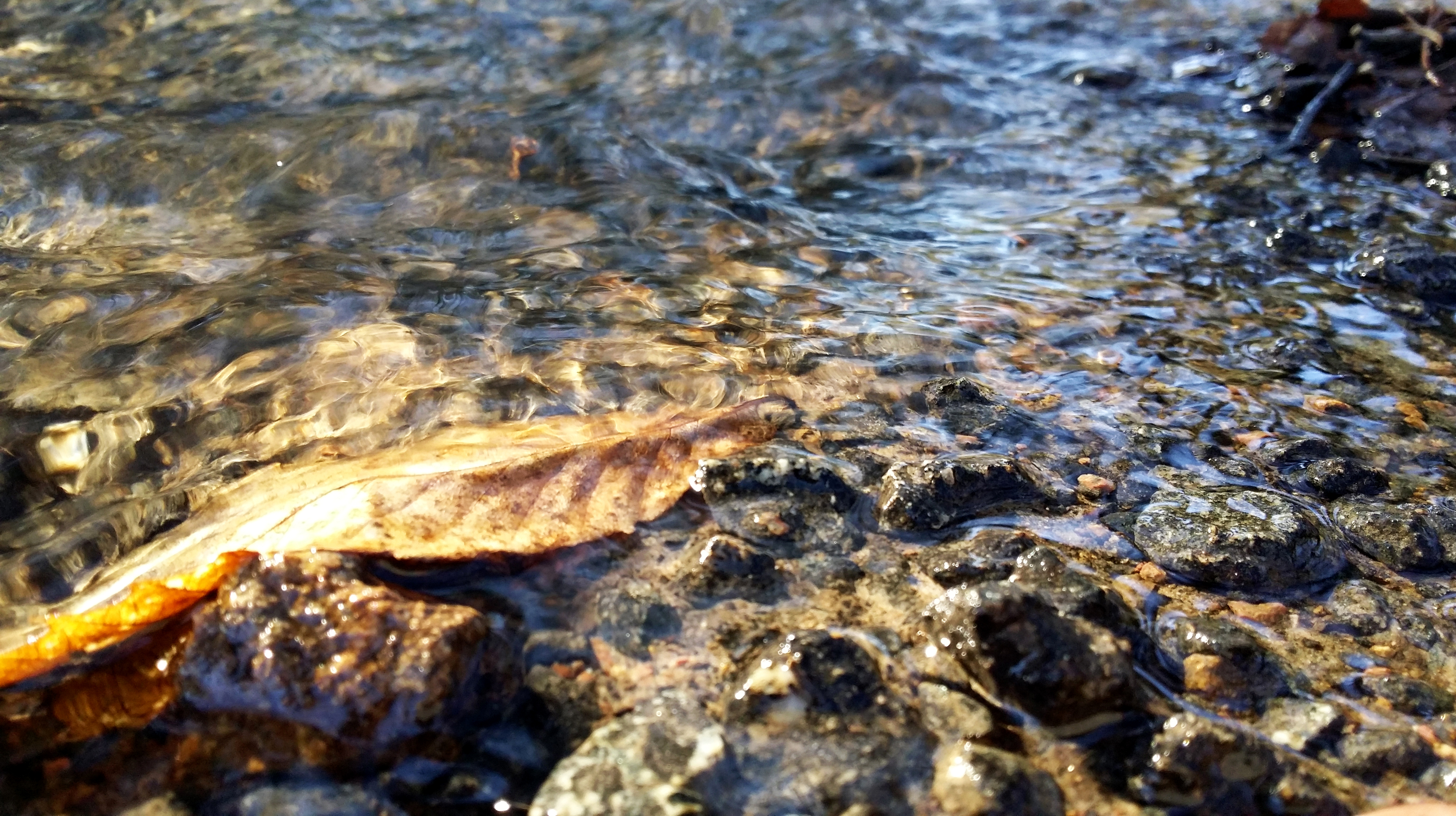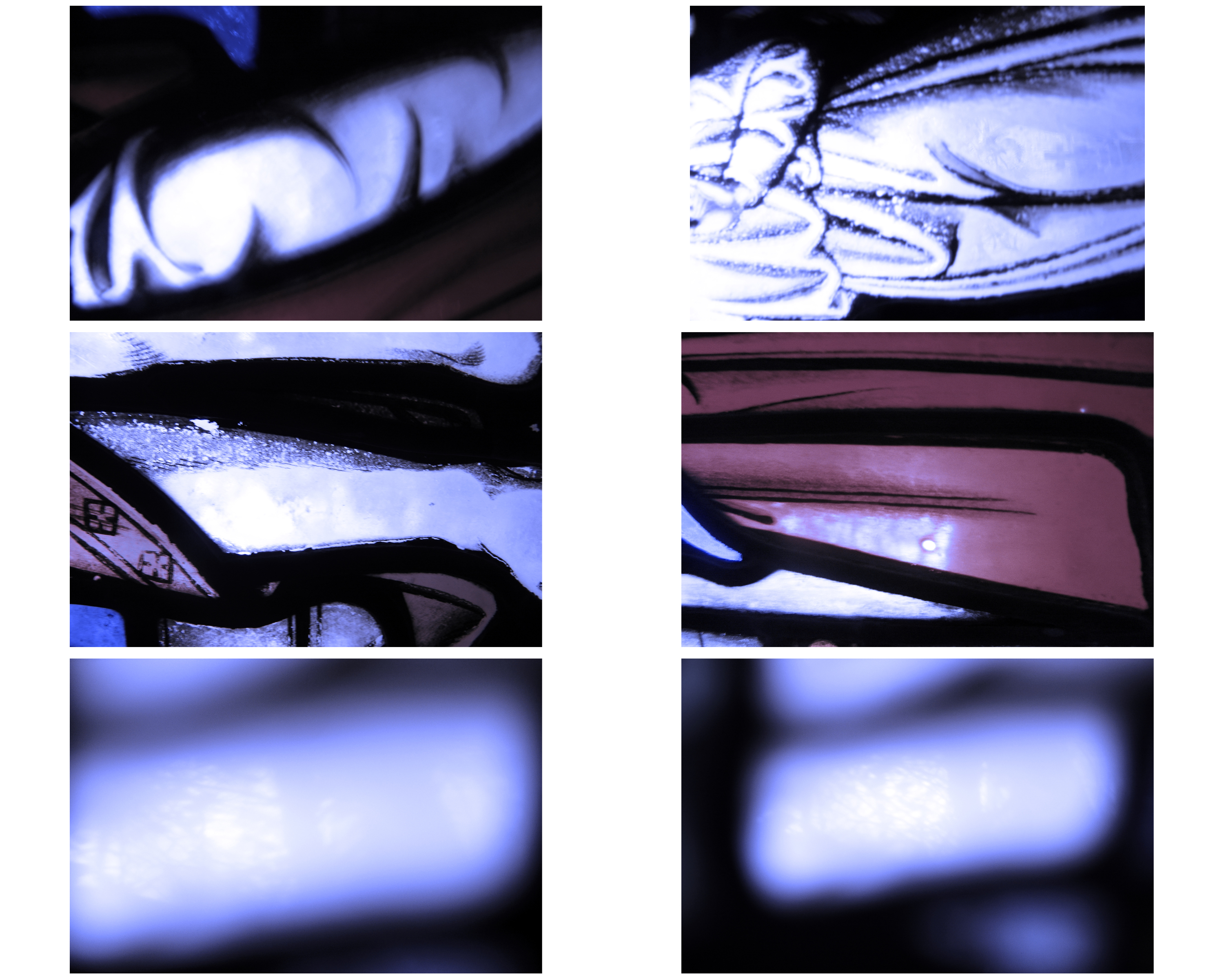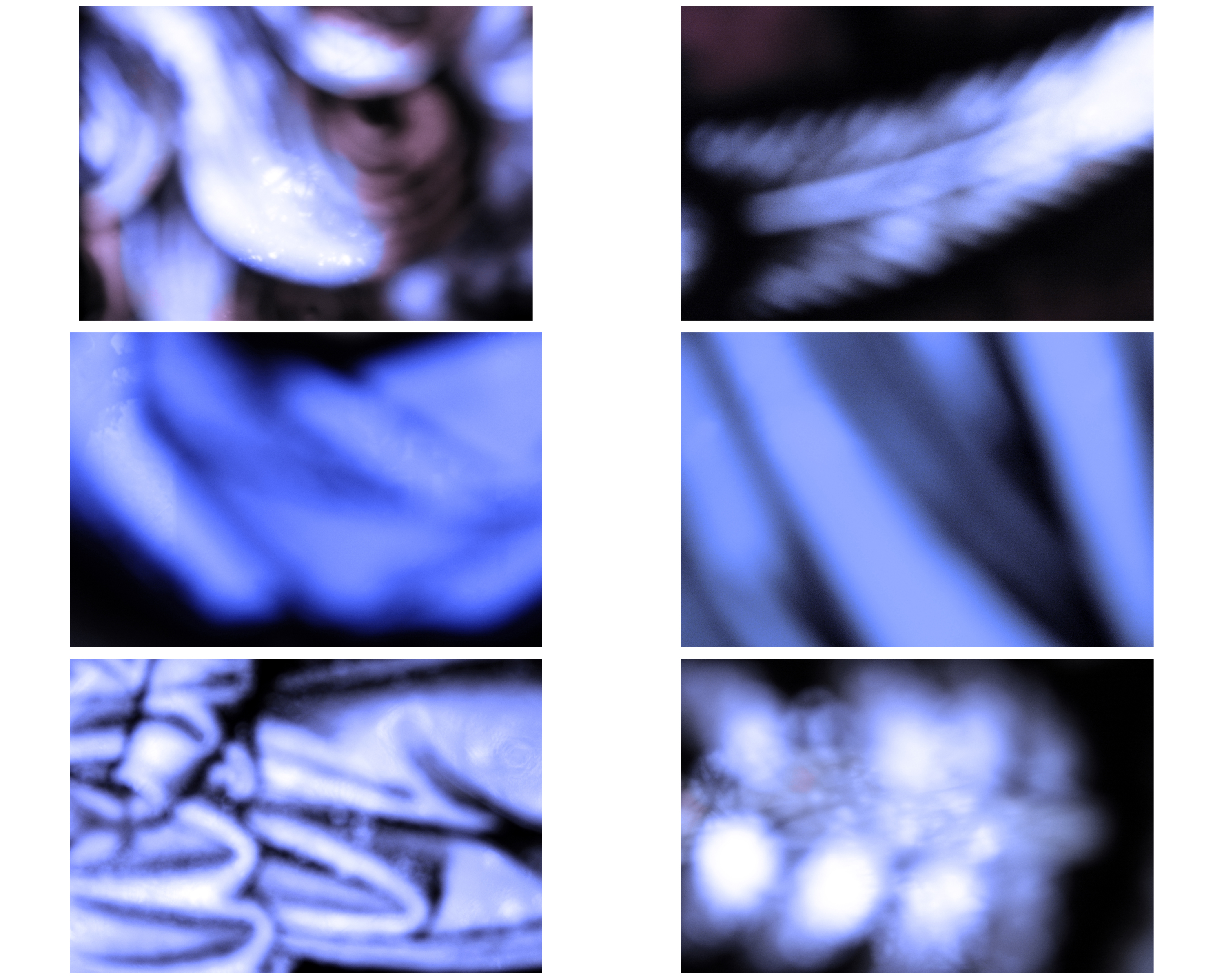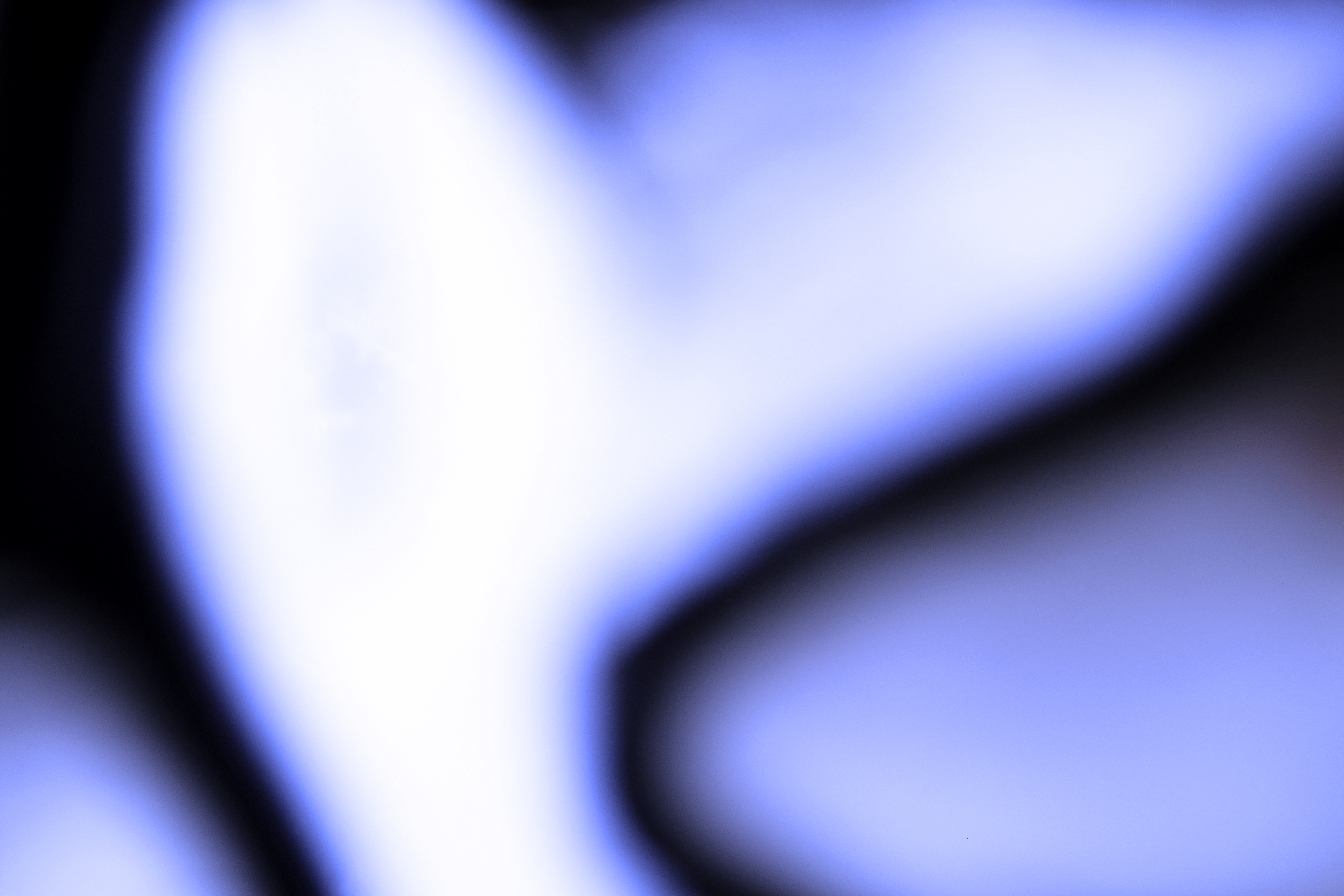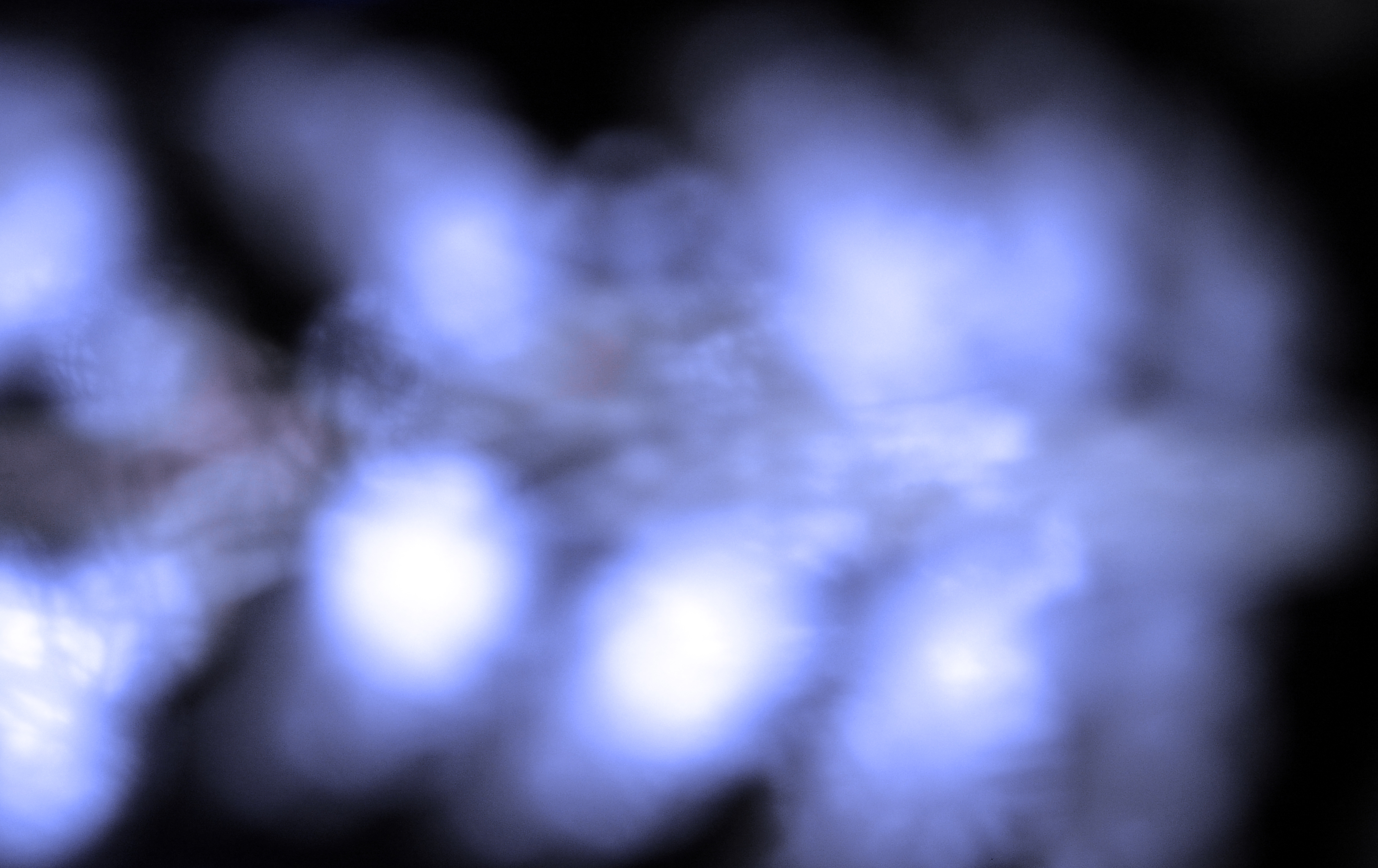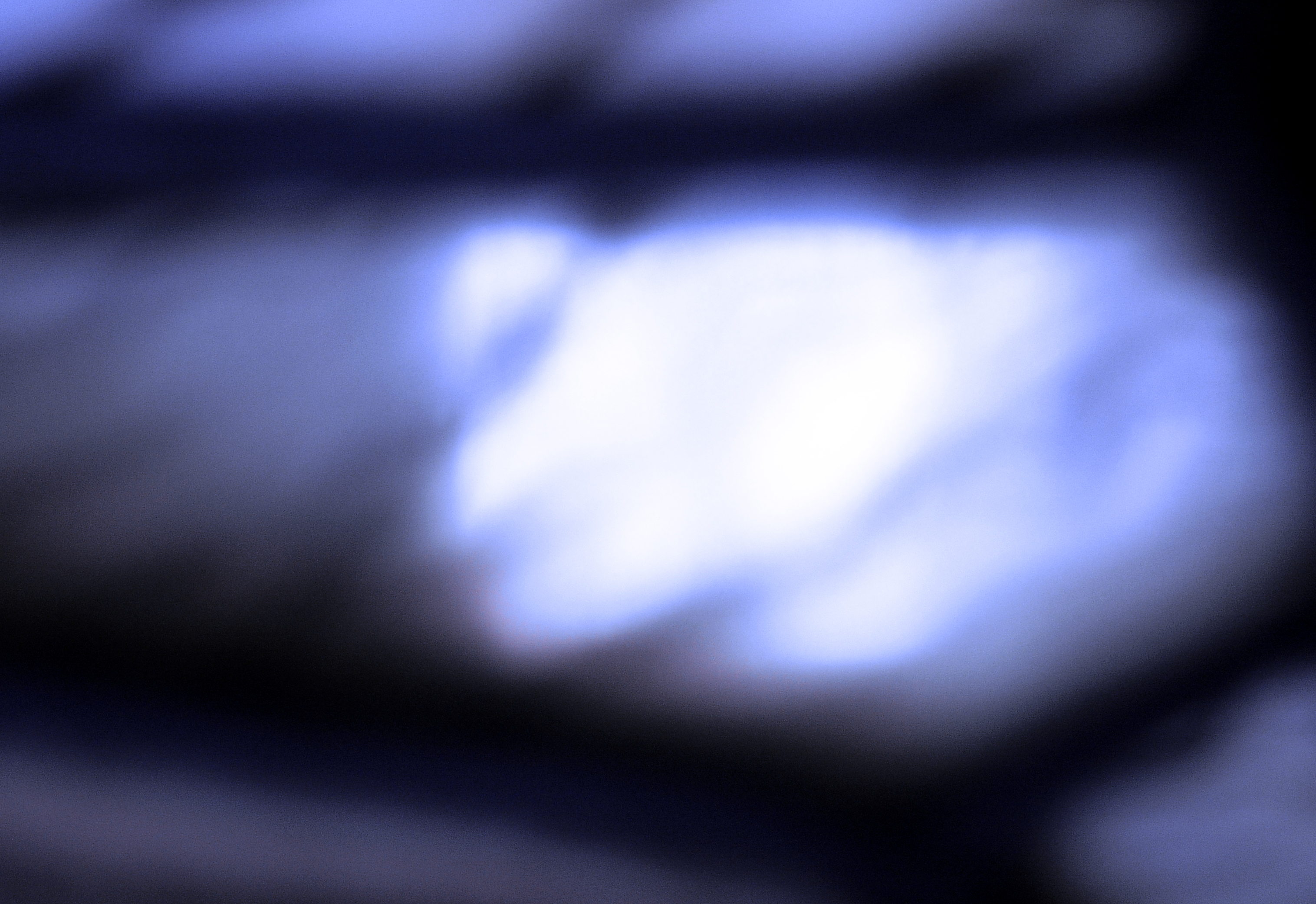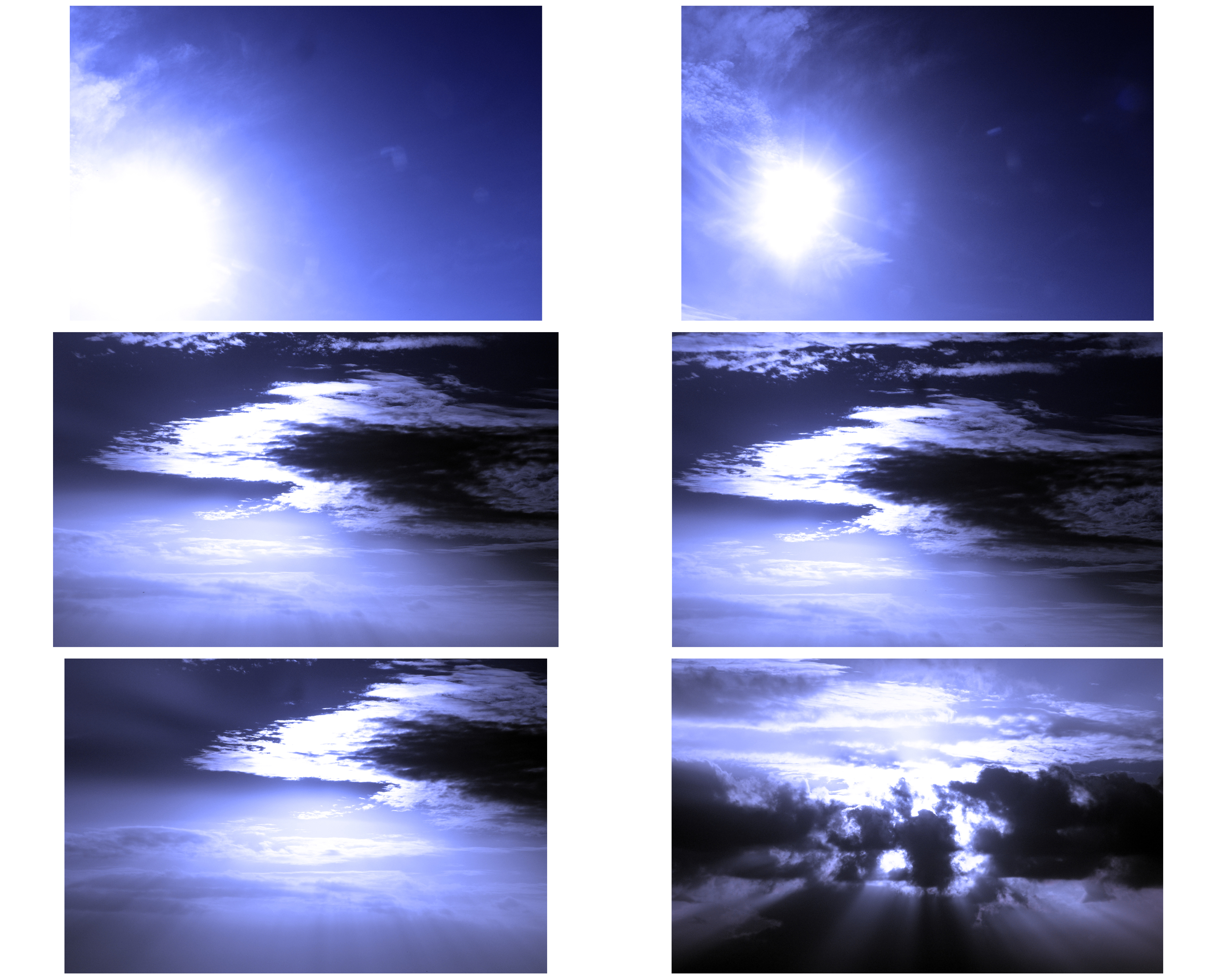The definition for creationism is: “the religious belief that the Universe and life originated from “specific acts of divine intervention” as opposed to the scientific conclusion that they come through about natural processes”.
https://www.google.je/search?q=alexander+mourant&safe=active&rlz=1C1GGRV_en&source=lnms&tbm=isch&sa=X&ved=0ahUKEwiz7_Kb09fZAhVqI8AKHWImDs4Q_AUICigB&biw=1920&bih=949&surl=1#imgrc=RYBChTDwUEpmvM:

The main points of creationism are these:
Creationism takes the belief that all life was created by the actions of God. Some Creationists say God did this in a single creative event whereas other Creationists don’t limit creation to one event, but a constantly changing and adapting event. Therefore organisms created by God can’t produce new forms of organism – only God can do this. This links to survival because it shows that animals dont survive through chance, but they they have a specific purpose in life that they were created for to achieve. Christian belief is that everything was created by God for his pleasure and glory. “You are worthy, O Lord, to receive glory and honor and power; for You created all things, and by Your will they exist and were created” (Revelation 4:11). This theory therefore is composed of the idea that as the elderly passes away in nature and is replaced with the new, it is not so much because they don’t have the survival traits but the change found in nature is living evidence of God working in the world and re-enforces that creation is always happening and didn’t just happen once. This explores the freedom of what life is as opposed to death because where evolution argues essentially life among beings is an accident, creationism sees life as having a particuler purpose in that we are meant to explore the limits of freedom in our lives which ultimatley passes down onto the generation below.
Big bang vs 7 day creation. Baby, cells – microscopic cells
On the opposite hand, the Intelligent Design theory claims that some sort of supernatural designer was involved in the creation of life on Earth. It differs from Creationism because it divorces Creationist ideas from their roots in Scripture that a specific God had a purpose for everything he created. Life on Earth – and also the universe- shows so much order, purpose and design that there must have been a designer. Some living things contain certain types of complexity that are best explained as the result of an intelligent cause. Some aspects of the universe show positive evidence of having been designed by some form of intelligence. “We do not know how God created, what processes He used, for God used processes which are not now operating anywhere in the natural universe. This is why we refer to divine creation as Special Creation. We cannot discover by scientific investigation anything about the creative processes used by God.” (1)
All this is argumentative of a common point that counters evolution in that animals were created by God or someone rather than animals being a product of a common ancestor. Interestingly where Creationsim argues where we came from, Evolution argues how we got here. Therefore each argument is contrary to the other in that Creationism explains the reasons why life has existed and survived whereas Evolution explains how life has survived. This difference is significant to my project of exploring the freedoms and limitations of life and death, old and new because from a creationist viewpoint of change found in nature is part of God’s ongoing creation.
Young Earth Creationists believe that God created the Earth within the last 10,000 years literally as according to the way the Bible described this process. Most Young Earth Creationists believe the Universe is around as old as the Earth is.
Old Earth Creationists believe that the physical Universe was created by God, but the event of creationism described in the Book Of Genesis is to be taken metaphorially and figuratively.
Gap Creationism argues that life was created on a pre-existing Earth, “In the beginning God created the heaven and the earth.” (Original act of creation.)”And the earth was without form, and void; and darkness was upon the face of the deep. And the Spirit of God moved upon the face of the waters.” Therefore Gap Creationists can agree with the theory of evolution and with the ago of the Earth to an extent while holding a belief of Biblical Creationism as well. However
Day Age Creationism believes that because the Bible doesn’t specify how long a day is, but in the Bible it could be millions or billions of years. This view could also agree with scientific view regarding the
The Creation of the World – Genesis
1 In the beginning, God created the heavens and the earth. 2 The earth was without form and void, and darkness was over the face of the deep. And the Spirit of God was hovering over the face of the waters.
3 And God said, “Let there be light,” and there was light. 4 And God saw that the light was good. And God separated the light from the darkness.5 God called the light Day, and the darkness he called Night. And there was evening and there was morning, the first day.
6 And God said, “Let there be an expanse in the midst of the waters, and let it separate the waters from the waters.” 7 And God made the expanse and separated the waters that were under the expanse from the waters that were above the expanse. And it was so. 8 And God called the expanse Heaven. And there was evening and there was morning, the second day.
9 And God said, “Let the waters under the heavens be gathered together into one place, and let the dry land appear.” And it was so. 10 God called the dry land Earth, and the waters that were gathered together he called Seas. And God saw that it was good.
11 And God said, “Let the earth sprout vegetation, plants yielding seed, and fruit trees bearing fruit in which is their seed, each according to its kind, on the earth.” And it was so. 12 The earth brought forth vegetation, plants yielding seed according to their own kinds, and trees bearing fruit in which is their seed, each according to its kind. And God saw that it was good. 13 And there was evening and there was morning, the third day.
14 And God said, “Let there be lights in the expanse of the heavens to separate the day from the night. And let them be for signs and for seasons, and for days and years, 15 and let them be lights in the expanse of the heavens to give light upon the earth.” And it was so.16 And God made the two great lights—the greater light to rule the day and the lesser light to rule the night—and the stars. 17 And God set them in the expanse of the heavens to give light on the earth, 18 to rule over the day and over the night, and to separate the light from the darkness. And God saw that it was good. 19 And there was evening and there was morning, the fourth day.
20 And God said, “Let the waters swarm with swarms of living creatures, and let birds fly above the earth across the expanse of the heavens.”21 So God created the great sea creatures and every living creature that moves, with which the waters swarm, according to their kinds, and every winged bird according to its kind. And God saw that it was good.22 And God blessed them, saying, “Be fruitful and multiply and fill the waters in the seas, and let birds multiply on the earth.” 23 And there was evening and there was morning, the fifth day.
24 And God said, “Let the earth bring forth living creatures according to their kinds—livestock and creeping things and beasts of the earth according to their kinds.” And it was so. 25 And God made the beasts of the earth according to their kinds and the livestock according to their kinds, and everything that creeps on the ground according to its kind. And God saw that it was good.
26 Then God said, “Let us make man in our image, after our likeness. And let them have dominion over the fish of the sea and over the birds of the heavens and over the livestock and over all the earth and over every creeping thing that creeps on the earth.”
27 So God created man in his own image,
in the image of God he created him;
male and female he created them.
28 And God blessed them. And God said to them, “Be fruitful and multiply and fill the earth and subdue it, and have dominion over the fish of the sea and over the birds of the heavens and over every living thing that moves on the earth.” 29 And God said, “Behold, I have given you every plant yielding seed that is on the face of all the earth, and every tree with seed in its fruit. You shall have them for food. 30 And to every beast of the earth and to every bird of the heavens and to everything that creeps on the earth, everything that has the breath of life, I have given every green plant for food.” And it was so. 31 And God saw everything that he had made, and behold, it was very good. And there was evening and there was morning, the sixth day.
(1) Gish, Evolution? The Fossils Say No!, 1979

